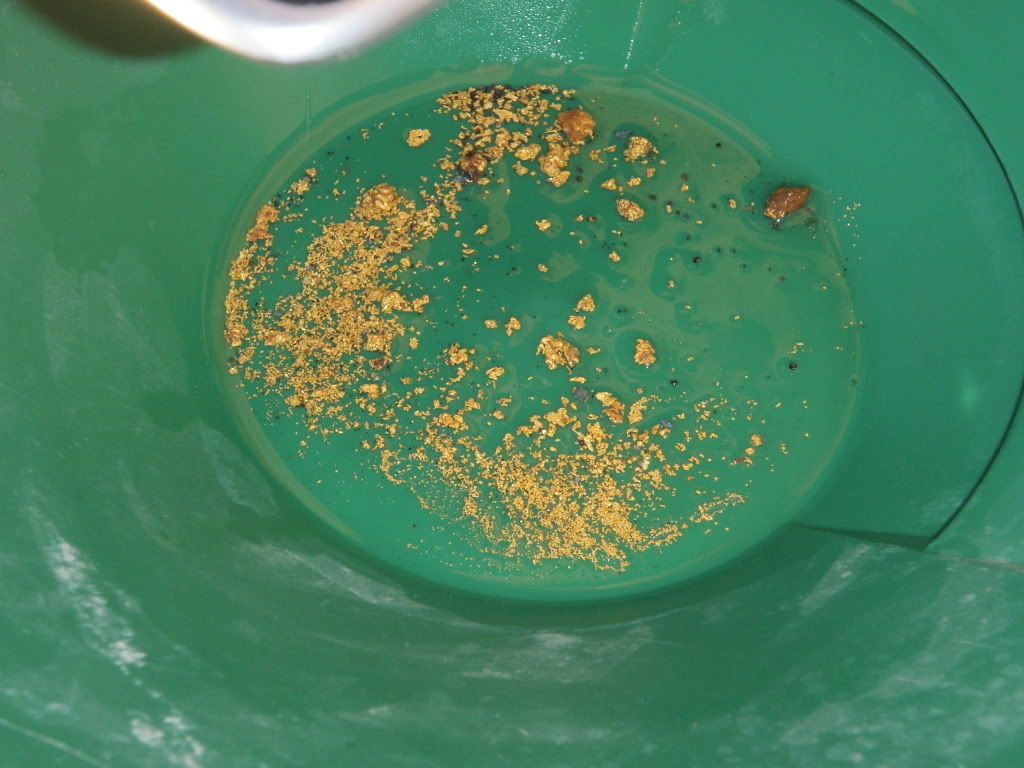Afternoon friends;
I know most of us in the heat are bored inside and i have been pondering a question for a piece of fall equipment; Dry Washer or Drywasher im not sure how it spells there;
I see there are about 600 models and makes and sizes of the things; Can anyone refer me to a very good one that is reasonable?? I have looked and studied several and the best i can tell is size is probally needed to make more certain recovry and method of operation could add to that also; The keene 151 seems to be the most popular one i find in all areas of operation??
Next question is just how effiecient are dry washers??? a recirulating highbanker (protable unit) if large enough to handle the project seeems to be to me much much more efficient tool but also able to work less dirt?
And so if i could get a little feedback on these subjects while were trying to stay cool id really appreciate it;
Thanks much and luck to all
Grumpy
I know most of us in the heat are bored inside and i have been pondering a question for a piece of fall equipment; Dry Washer or Drywasher im not sure how it spells there;
I see there are about 600 models and makes and sizes of the things; Can anyone refer me to a very good one that is reasonable?? I have looked and studied several and the best i can tell is size is probally needed to make more certain recovry and method of operation could add to that also; The keene 151 seems to be the most popular one i find in all areas of operation??
Next question is just how effiecient are dry washers??? a recirulating highbanker (protable unit) if large enough to handle the project seeems to be to me much much more efficient tool but also able to work less dirt?
And so if i could get a little feedback on these subjects while were trying to stay cool id really appreciate it;
Thanks much and luck to all
Grumpy

